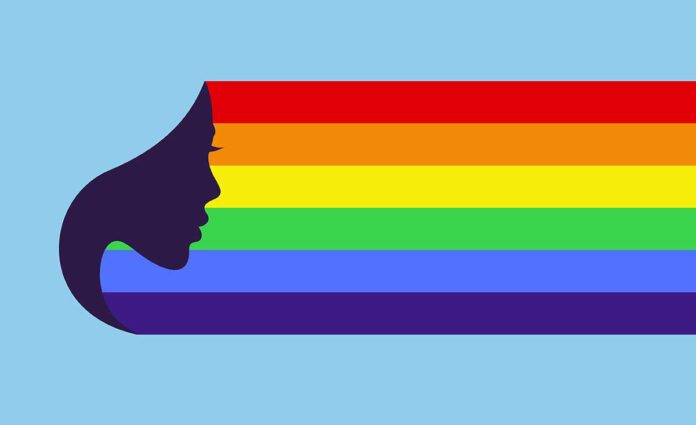It is January 2022, and we are entering the third year of a global pandemic, one that still feels like a nightmare we will eventually, collectively wake up from. Our lives have been altered in unprecedented ways. More than five and a half million people across the globe have died from COVID-19. Here in the United States, that number is close to 850,000, including more than 38,000 Pennsylvanians – truly unimaginable numbers. In addition, our society and ways of life have been drastically altered and we are collectively dealing (or perhaps not dealing) with compounded grief, social isolation, and loneliness. On top of all of this, we don’t really even know all of the ways that this pandemic has uniquely impacted LGBTQ+ people.
True, we have some data. Thanks to Admiral Rachel Levine, MD from her actions as Pennsylvania’s Secretary of Health, we have data on LGBTQ+ COVID-19 infections in the commonwealth – and a few other states have done this as well. Some privately funded research by Bradbury-Sullivan LGBT Community Center, Out Boulder County, Kaiser Permanente, and others have considered COVID-19’s LGBTQ+ impacts for different regions or for specific aspects of the pandemic. But the public health infrastructure in place at the federal, state, and local levels at the start of the pandemic was not equipped to collect these critical data.
But imagine for a moment what it would have been like if, in the first two months of the pandemic, we had unemployment data from every state in the U.S. about how LGBTQ+ people’s employment was impacted by the pandemic. Or if every hospital’s electronic health record was measuring sexual orientation and gender identity for all their COVID-19 patients. Or if county coroners across the country collected this information as they reported on COVID-19 mortality.
It is impossible to know how the course of the pandemic would have been different if data equity had been achieved prior to the emergence of COVID-19. But we can be sure that the last two years would have looked different for LGBTQ+ people.
In 1991, Gran Fury, the ACT UP New York affiliated activist art collective designed a poster that said, “Women don’t get AIDS. They just die from it.” This poster challenged the narrative of who was impacted by HIV/AIDS. It was an activist plea for focus and resources on women living with HIV and a time when that focus was not commonly present. It’s been three years into this pandemic, and our access to data to truly know how it has impacted our community is limited to select states, only a few lenses by which to measure impact, and private research that is separated from broader public health surveillance.
Data equity is critical. But, of course, data collection alone does not create the lived experiences of health equity. Data is a lens to measure health inequities, and it provides us with an opportunity to direct resources where they are needed most. The achievement of health equity will also require access to care improvements, culturally-responsive care, reducing the cost of care, and addressing the social determinants of health, which include barriers from lack of transportation and language access, or the inability to take time away from work to receive needed care. Imagining the lived reality of health equity requires dreaming big. It requires considering what would be possible if the care we need was made available to us in the way we need it.
With the start of 2022, we have to imagine health equity in our future. It certainly is not here in the present. The U.S. Department of Health and Human Services defines health equity as “the attainment of the highest quality of health for all people.” Health equity is a stated goal of the Biden-Harris administration. In February 2021, President Biden announced the creation of the COVID-19 Health Equity Task Force, and his administration included sexual orientation and gender identity among the lenses for equity that the task force would address.
Having federal leadership for health equity is a great start, one that would be even greater if backed up by public health and political leaders in all 50 states. To achieve health equity, its proponents must advocate across ideological lines in favor of meaningful measures that will reduce disparities, increase access to care, and improve health outcomes for historically excluded and underserved populations, including LGBTQ+ communities.
It’s not just federal and state leadership that must step up. Health equity has to be the goal of every hospital and health system, every public health agency, every one of us. Health equity isn’t just a buzzword. It’s a real goal we must strive for. Lives continue to depend on it.
Adrian Shanker is editor of “Bodies and Barriers: Queer Activists on Health” and executive director of Bradbury-Sullivan LGBT Community Center.

